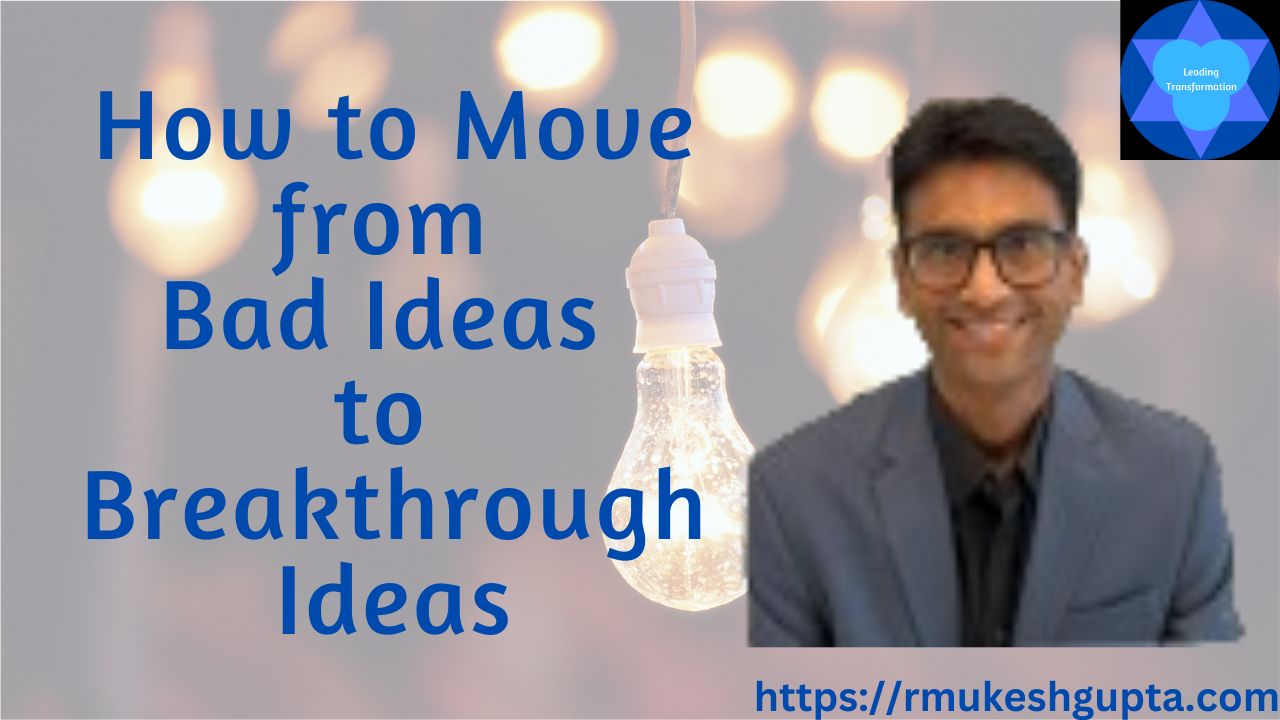
Overview:
Gary Hamel has been one of my favorite authors and management guru’s. In his most recent book Humanocracy, he lays out the case against bureaucracy and instead argues that we need to embrace what he calls “Humanocracy” as in build human centric organisations. He chronicles some interesting experiments being done worldwide with different management philosophies and based on them, posits some principles which when put in use can lead organisations to become a lot more human centric and can address the shackles that bureaucracy has on most organisations.
What is the book about:
The first third of the book is about the pitfalls of bureaucracy and why we need to move away from the management philosophies of the industrial age and get ready for the information age, where the human capital is as important, if not more, than any other kind of capital.
One of the things he says really struck a chord with me.
Humans are resilient; Organisations are not!
I totally agree with this line of reasoning. As a species, we are a resilient lot. However, as most of has have heard enough number of times, more and more organisations are dying faster and faster.
The second third of the book is a case study about two organisations which have been successful in rethinking their management of their businesses. The authors talk about how Haier (with their focus on creating an ecosystem of micro enterprises) and Nucor (with their intense focus on employees (Building people not products). Both the companies have clearly found their own niche on how to operate and manage their businesses and the authors do a great job in breaking down their business operations and culture for us to learn about how they run these businesses.
The last section of the book talks about the principles of building human centric organisations and all of them makes great sense. Looks simple but the trick is in getting the implementation right. The authors address this part by having a clearly laid out step-by-step instruction at the end of every chapter detailing a specific principle and at the end of the book by summarizing what the overall action plan could look like.
The principles that the authors talk about are
1. The Power of Ownership
2. The Power of Markets
3. The Power of Meritocracy
4. The Power of Community
5. The Power of Openness
6. The Power of Experimentation
7. The Power of Paradox
The authors also provide examples of organisations that are already living one of these principles already within their organisations {Svenska Handelsbanken, Vinci, Morning Star, Intel, Bridgewater, Alcoholics Anonymous, Southwest Airlines, 3M, etc}.
Ease of reading:
All in all, I thought that the book as a good, easy read. The flow was logical. The examples were concrete. There were just enough data points to make the case and enough explanation of what the data points meant. Some interesting details, specifically about how Haier & Nucor work. Overall, I thought that the book was extremely easy to read.
What I loved about the book:
I have been an ardent believer in human potential. My blogs in the past and my books are a testament to that. So, when someone comes out and says that it is time we rethought how we manage organisations and instead of limiting human potential via bureaucracy, can we allow the full potential of humans to shine, I love it. What is even better is that they showcase that this is no longer just a concept or a vision but is possible and show us how someone has already done this and has been successful in releasing human ingenuity. The case studies were just awesome.
What would I have done differently:
This is one of those books where it is difficult to find something that could have been done differently. There is only one thing that I can think of that the authors could have done differently. If I were writing this book, I would not have used up the amount of space that they used up to prove that bureaucracy doesn’t work and why it is important to look at ways to run our organisations without allowing bureaucracy stifle innovation. All of us know the pitfalls. So, I would have reduced the time and space in the book in that section and instead focused more on the other sections, maybe even leave everything else as it is, thereby making the book leaner.
In Conclusion:
In conclusion, it is my strong belief is that even if every organisation were to just pick one of the 7 principles that they share in the book and double down on that and bring it alive, we would already have a significant breakthrough in moving towards a human centric organisations and the businesses will benefit as a result.
I also believe that this book could not have arrived at a better time than now (covid19) because it is in such crisis, is such fundamental & significant change in management possible to pull off.
As they say, the best time to have planted a tree was 10 years back. Next best time is now!
The best time for having read and implemented the principles in this book was a couple of years back (which would have prepared us to be able to respond to the current crisis much better). The next best time is now!!!!
— This is a <<5>> star book for me.



